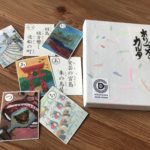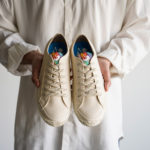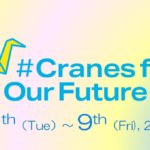A project to channel the thoughts and feelings embodied by paper cranes into the future
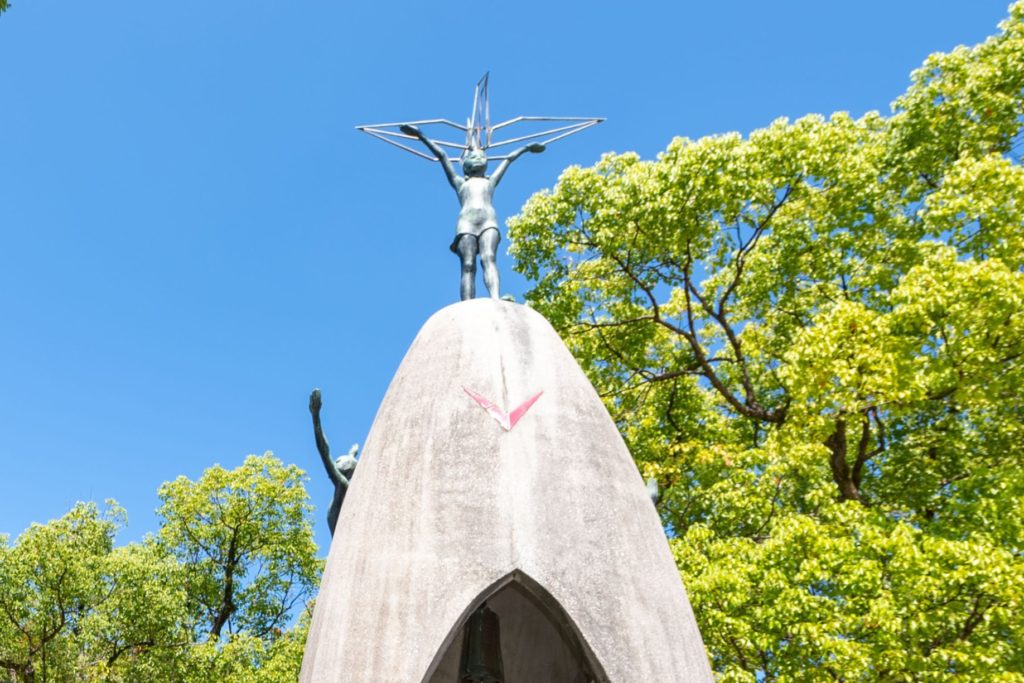
The above photo shows the Children’s Peace Monument erected in the Peace Memorial Park. Many people have delivered paper cranes to this monument from all over the world to honor the memory of Sasaki Sadako, a young girl who was a victim of the atomic bomb at the age of two and who had continued to fold paper cranes until her death 8 months after developing leukemia ten years following the bombing, as well as to express their hope for peace. The “Paper Crane Recycling and Circulation Project” (Orizuru Project) has been ongoing since 2016, where an estimated 10 million paper cranes folded annually are recycled into new forms and distributed to children.
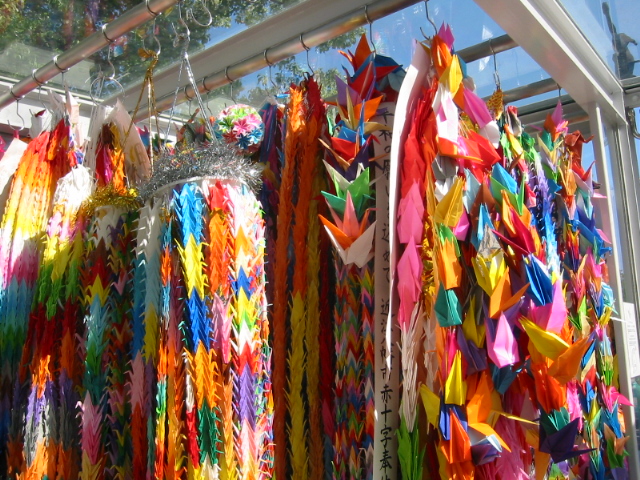
”The most important thing for us is to ensure that everyone’s thoughts and feelings continue to circulate,” says Fujitsuka Yosuke of Konica Minolta Japan, Inc., who had conceived, planned, and produced this project.
Konica Minolta Japan is usually thought of as a manufacturer of equipment such as multifunction devices and printers, so how did they come to be involved in this project?
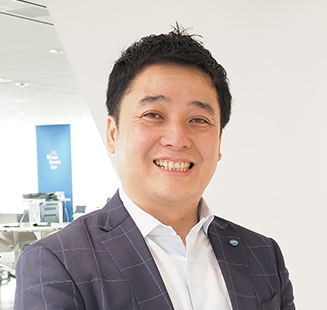
Fujitsuka Yosuke of Konica Minolta Japan, Inc.
”Takamaru Akira, President of Tomoe Co., Ltd., a paper container, printing, and sales promotion planning and production company in Hiroshima City with which we have a long-standing relationship, had sent a letter to our company. President Takamaru was born in the same year as Sasaki Sadako, and he wanted to know if there was anything we could do with the paper cranes that are delivered to the Children’s Peace Monument.”
Takamaru had written the letter by hand, and Fujitsuka was moved by the passion in his words.
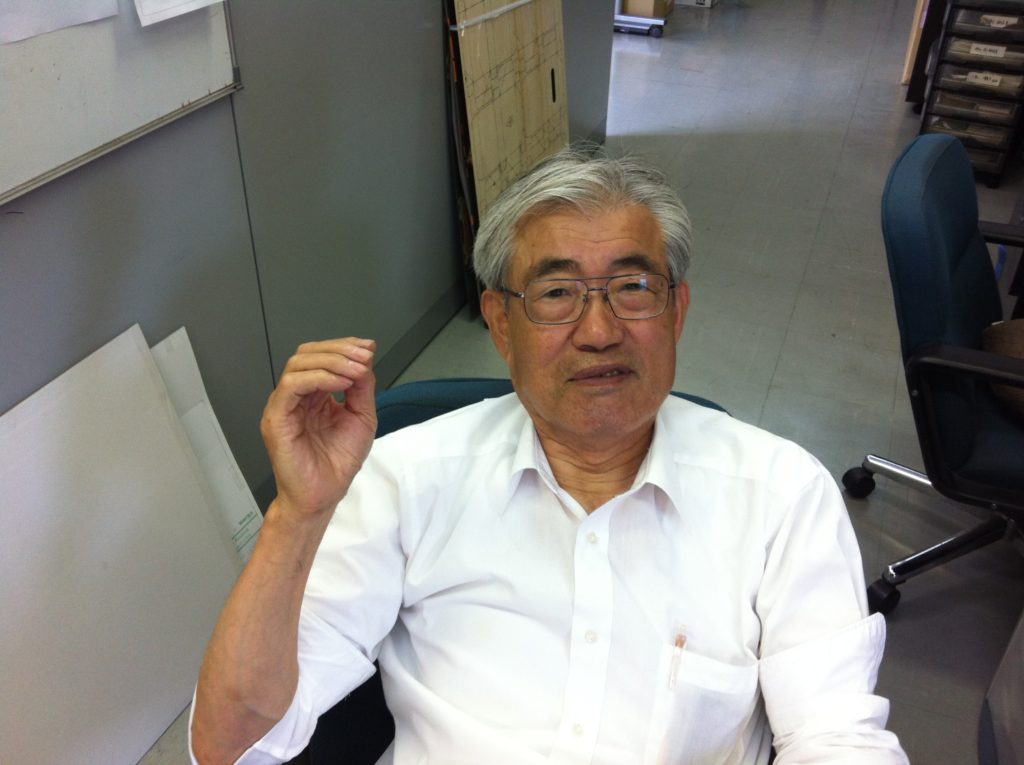
Takamaru Akira (President of Tomoe Co., Ltd.), who had sent the letter to Fujitsuka
”We launched this project because we understood President Takamaru’s feelings very well and wanted to give form to them in some way. However, our company did not have any prior experience in this area, so we had to start from scratch. We discussed our thoughts within the company and came up with many possible ideas, and everyone got caught up in the question of how the paper cranes should be consumed. Yet, what is of the essence are the thoughts and feelings of the people who had folded each of these cranes.”
Upon realizing this, Fujitsuka settled on the idea of recycling the origami paper from which the paper cranes are folded and distributing it to children and people visiting Hiroshima. This prompted four companies from different industries to collaborate and promote the project by taking advantage of their respective areas of expertise.

Sorting the paper cranes
The countless paper cranes that are held in temporary storage after they are offered at the Children’s Peace Monument need to be sorted carefully so that they can be recycled at a workshop in Hiroshima City. The paper cranes are then recycled as origami paper at Tomoe before being printed with vibrant colors by Crown Package Co., Ltd., a packaging manufacturer based in Komaki City of Aichi Prefecture. Finally, the paper is distributed to students on school excursions to Hiroshima led by the major travel agency KNT-CT Holdings Co., Ltd.
”Part of the idea behind this project is to make sure what has been delivered to Hiroshima can be shared with the rest of Japan and the world before it returns to Hiroshima.”
If you look closely at the origami paper recycled using this process, you will notice dark-colored particles scattered throughout the paper.
”These particles exist because the residual roughness of the paper is intentionally preserved before it is recycled. Doing this allows the same piece of paper to continue embodying the thoughts and feelings of those who had previously folded paper cranes with it even after the paper has been recycled.”
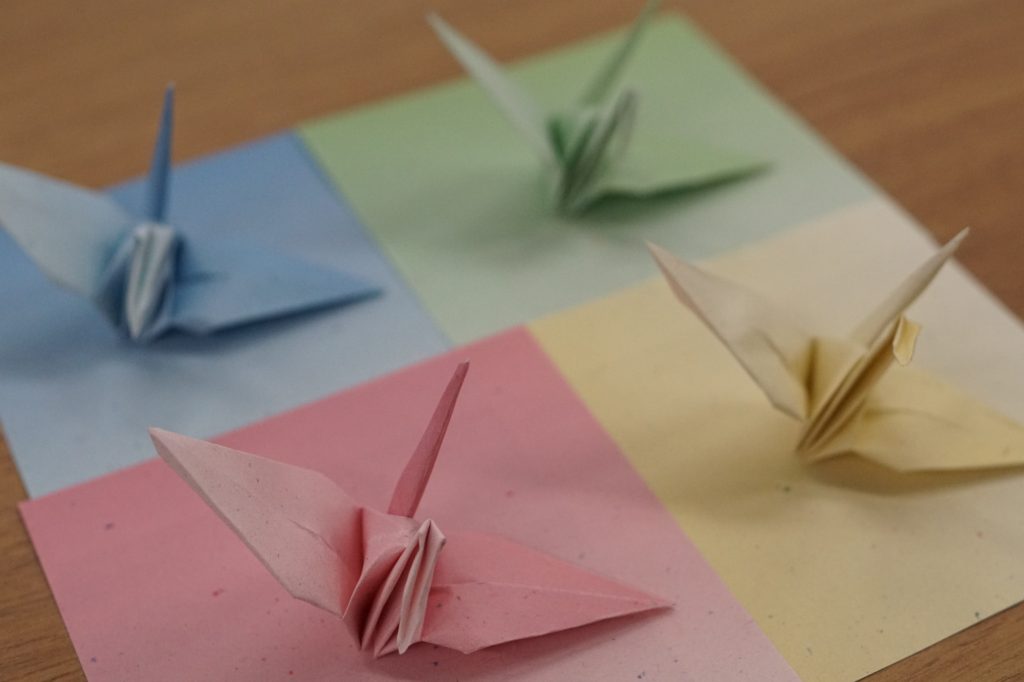
This project founded on the concept of gathering the thoughts and feelings of people and passing them on to the future was launched in 2016. What Fujitsuka is mainly concerned with is the continued circulation of the thoughts and feelings of those who had folded the paper cranes. He is fully committed to continuing this project in order to achieve this goal.
”This project is significant because it gathers the children’s fervent hope for peace through these paper cranes,” Fujitsuka tells us as he looks at the recycled origami paper.
From 2021, origami items delivered to Nagasaki will also be recycled under this project. If you spot paper cranes folded using this recycled paper among the many paper cranes offered at the Children’s Peace Monument, please give some thought to the many prayers and wishes that have gone into them. This will allow the thoughts and feelings of those who have come before you to be channeled even further into the future.
The Paper Crane Recycling and Circulation Project (Orizuru Project)
https://www.orizuru-project.jp/
Tags associated with this article



